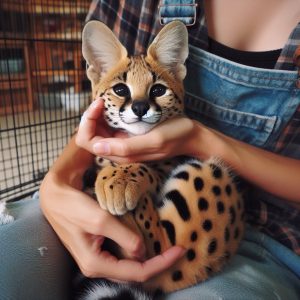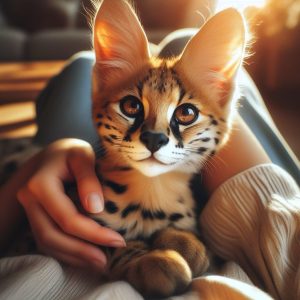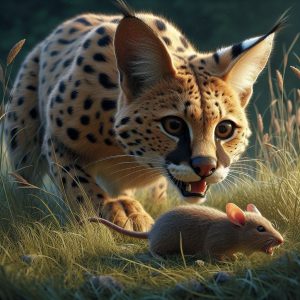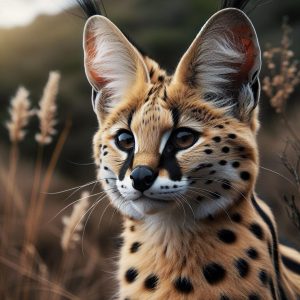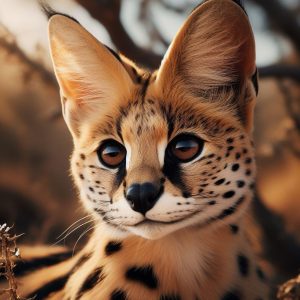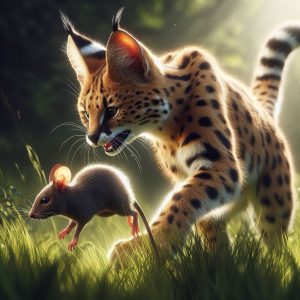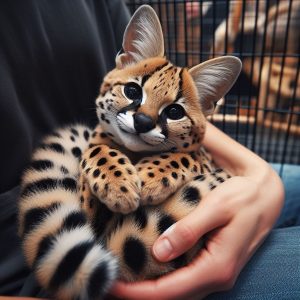Introduction:
Serval cats, with their elegant appearance and remarkable hunting prowess, are among the most captivating inhabitants of the African savannah. However, like many wildlife species, serval cats face threats to their survival, including habitat loss, poaching, and human-wildlife conflict. In this article, we explore the current population status of serval cats worldwide and the challenges they confront in the wild.
1. Population Estimates:
Estimating the global population of serval cats is challenging due to their elusive nature and the vastness of their range across sub-Saharan Africa. While accurate population figures are difficult to ascertain, studies suggest that serval cat populations may be declining in certain regions due to habitat degradation and human disturbance.
2. Habitat Loss and Fragmentation:
One of the primary threats to serval cat populations is habitat loss and fragmentation, driven by factors such as agricultural expansion, urbanization, and infrastructure development. As natural habitats shrink and become fragmented, serval cats face increased competition for resources, reduced prey availability, and higher risks of human-wildlife conflict.
3. Poaching and Illegal Trade:
Serval cats are also targeted by poachers for their distinctive coats, which are prized for their beauty and used in traditional attire and ceremonial garb. Additionally, serval cats may be captured and sold illegally in the exotic pet trade, further impacting wild populations and contributing to their decline.
4. Human-Wildlife Conflict:
As human populations expand into serval cat habitats, conflicts between humans and wildlife are increasingly common. Serval cats may prey on livestock, leading to retaliatory killings by farmers seeking to protect their livelihoods. In some cases, serval cats may also be killed or injured by vehicles on roads that traverse their habitats.
5. Conservation Efforts:
Despite the challenges they face, serval cats benefit from conservation efforts aimed at protecting their habitats and mitigating threats to their survival. Conservation organizations work to establish protected areas, implement community-based conservation initiatives, and raise awareness about the importance of coexisting with wildlife.
6. Research and Monitoring:
Ongoing research and monitoring efforts are essential for understanding the population dynamics of serval cats and identifying conservation priorities. Scientists use methods such as camera trapping, genetic analysis, and ecological surveys to assess serval cat populations and monitor changes in their distribution and abundance over time.
Conclusion:
In conclusion, while serval cats continue to roam the African savannah, their populations face significant threats from habitat loss, poaching, and human-wildlife conflict. By understanding the challenges they confront and implementing targeted conservation strategies, we can work to ensure the long-term survival of these magnificent felines and preserve the biodiversity of their native habitats.

